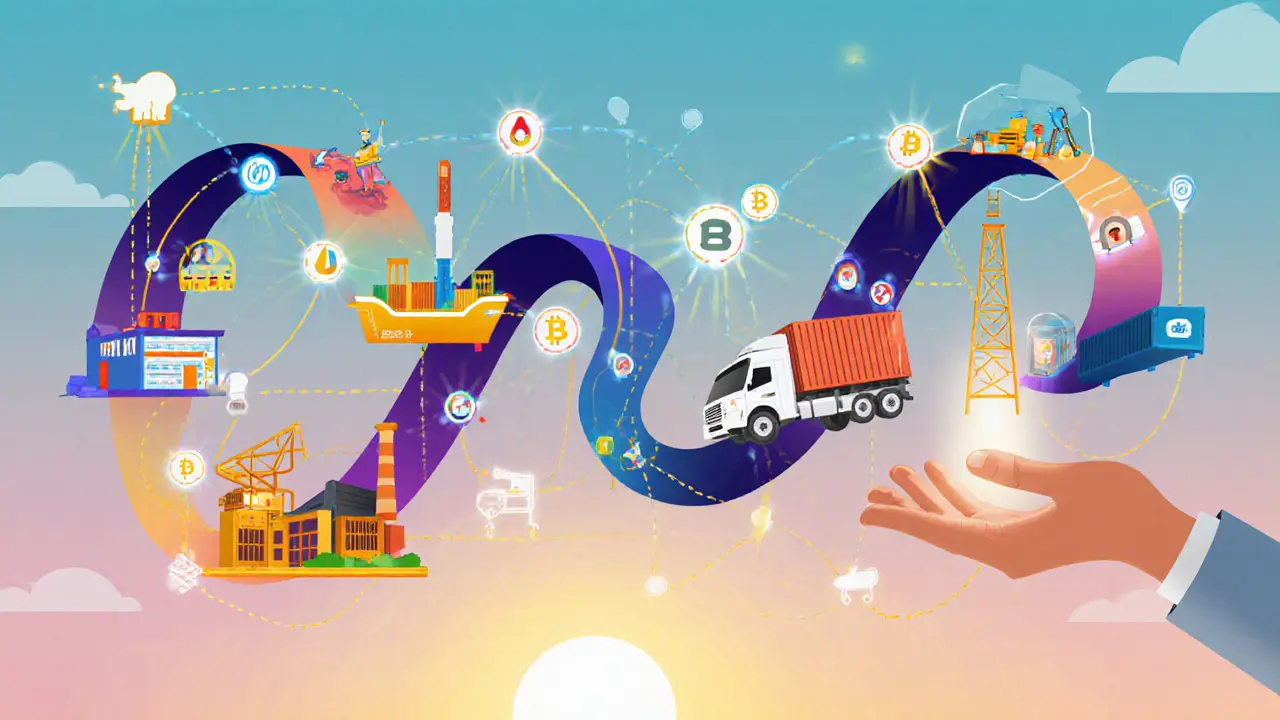Blockchain Food Safety: Turning Fraud into Transparency
When working with Blockchain Food Safety, the use of distributed ledger technology to record, verify, and share food‑related data across the supply chain. Also known as Food Traceability on Blockchain, it creates an immutable record that anyone can audit. In plain terms, every batch of produce, meat, or dairy gets a digital fingerprint that moves with it from farm to fork. That fingerprint can’t be altered, so you always know exactly where your food came from and who handled it.
Core Pillars that Power Blockchain Food Safety
One of the biggest wins is Supply Chain Transparency, the ability for every participant to see the same, verified data about product movement. When a retailer scans a QR code and instantly sees the farm, harvesting date, and shipping conditions, suspicion drops and confidence rises. This transparency blockchain food safety solution also cuts out middlemen who might hide spoilage or adulteration.
Another essential piece is Smart Contracts, self‑executing codes that enforce agreed‑upon conditions without manual intervention. If a shipment exceeds a temperature threshold, the contract can automatically trigger a payment penalty or a recall notice. That automated enforcement makes it harder for bad actors to cheat the system.
To feed accurate data into the ledger, companies increasingly rely on IoT Sensors, connected devices that monitor temperature, humidity, and location in real‑time. The sensor data is hashed and written to the blockchain, creating a tamper‑proof audit trail. Regulators love this because they get instant, verifiable proof that food safety standards were met.
All these components—transparency, smart contracts, IoT feeds—work together to boost regulatory compliance and consumer trust. The result is a more resilient food ecosystem where fraud is harder, recalls are faster, and shoppers can verify authenticity with a simple scan. Below you’ll find a curated mix of articles that break down each piece, show real‑world deployments, and explain how you can start using these tools in your own operations.
Supply Chain Blockchain Use Cases: Real-World Examples and Benefits
Explore real-world blockchain use cases in supply chains, from food safety to luxury goods, and learn how transparency, smart contracts, and tokenization boost efficiency.





